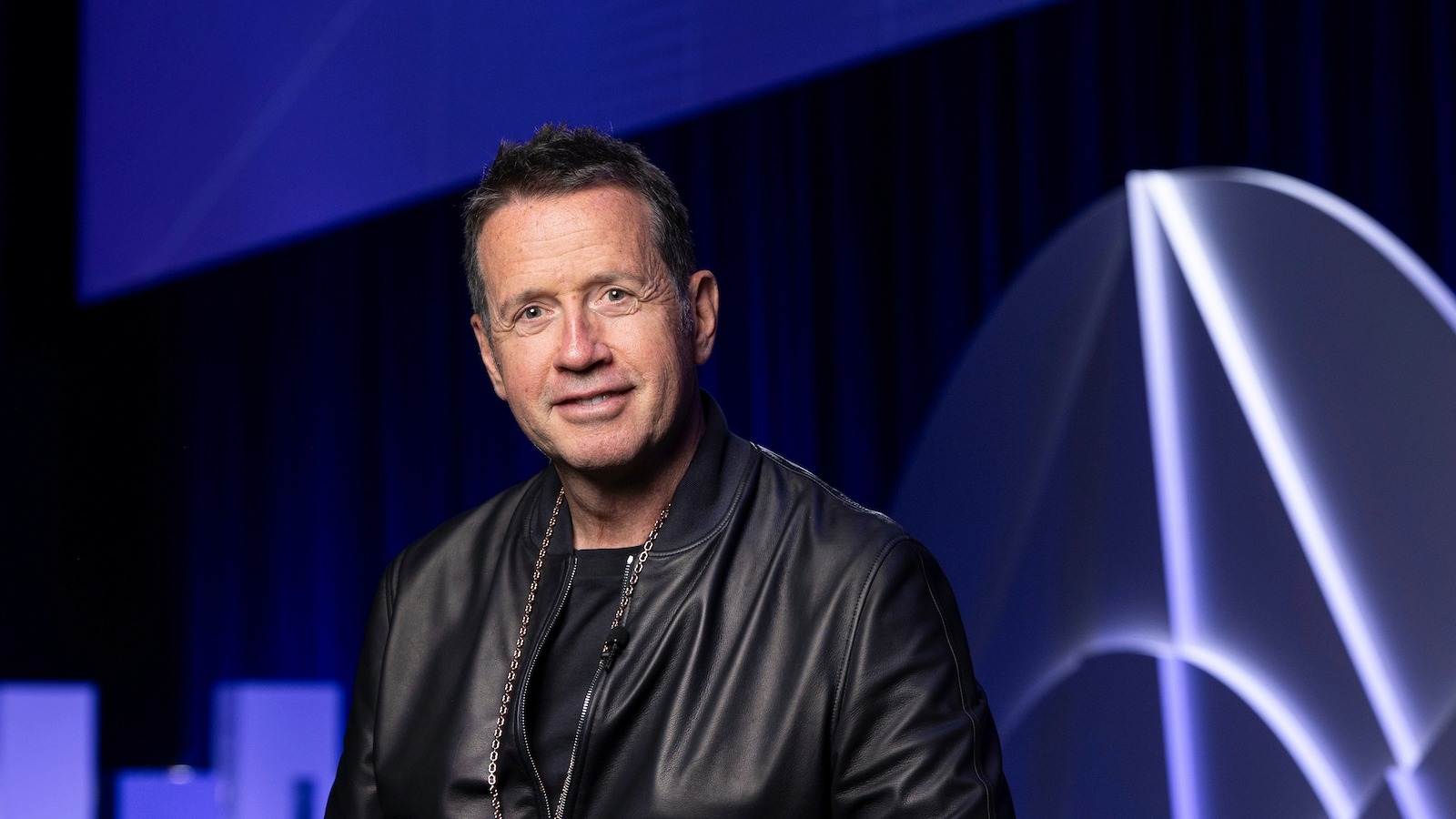From Sotheby’s first-ever watch auction, to luxury lines launched exclusively for Middle Eastern consumers.

From Sotheby’s first-ever watch auction, to luxury lines launched exclusively for Middle Eastern consumers.
The market in the Middle East continues to represent untapped opportunity for wealthy luxury consumers, according to industry experts.
Although increased interest and importance has been placed on Asia, specifically China, luxury brands should not overlook the growing market in the Middle East either, with a projected growth of 50 percent for the clothing and footwear market in the coming year, according to Deloitte. And it seems the luxury jewelry and watch market is also catching on to this idea.
Sotheby’s moves East
Earlier last month, international auction house Sotheby’s held its first-ever watch auction in Dubai on November 19. The auction featured much sought-after pieces from some of the top brands in luxury watches, including Patek Philippe, Rolex, Audemars Piguet, and Vacheron Constantin.
But why now?
“The horology market in the Middle East is evolving at a fast pace. The savviness coming from collectors in the region is remarkable: beyond the pure aesthetics, they are eager to learn about everything, from the technical and historical aspects to the individual stories behind each watch,” Sam Hines, Global Head of Sotheby’s Watches, tells Forbes.
Sotheby’s notes that demand for rare and modern pieces is at an all-time high in the Middle East and that they are seeing unprecedented interest from collectors in the region. Watch collecting is a hobby that has long been engraved in Middle Eastern culture and history, but it seems it’s growing momentum now more than ever.
Do you want to know more about how to expand your brand's reach and impact?
Making luxury personal
Luxury Swiss watchmaker and jeweller Piaget also has their sights set on the Middle East, and their content proves it.
"The Middle East has been a very important strategy and focus for us in the last few years, but it really comes down to the fact that Piaget was one of the first international jewelers to come to the region," Piaget CEO Chabi Nouri told Savoir Flaire. "When you look at its history, you’ll find that every decade entailed some very interesting decisions in times when nobody would have made those decisions. And the spirit behind all of that is that we look positively at the world, which has made these decisions possible. If you want to be conservative, you’ll never do those things."
For this reason, many luxury brands have opted to make Dubai the focal point of their efforts. Non-western markets have becoming increasingly important in the luxury industry and are encouraged by supply chain leadership, technological innovation and international investment in these geographical markets. In 2017, Dubai remained one of the top luxury destination for Middle Eastern, European and Chinese shoppers.
In order to take advantage of this momentum, Piaget has even launched region-specific collections. The luxury brand debuted their Possession Tiger’s Eye collection exclusively for the Middle East, probably not so coincidentally around the same time as the Muslim holiday Eid Al Adha.
The Middle Eastern consumer
"The Middle East has one of the largest young populations in the world and millennials in the Middle East are richer than the average and their willingness to buy is stronger. Addressing the new Arab luxury audience represents an opportunity to create brandloyalty, fuel luxury spending, and foster market growth," the 2018 Deloitte report notes.
Additionally, recent research indicates that emerging markets like the Middle East and China are increasing their spending in luxury goods, compared to more stable markets such as the U.S. and EU.
Cover image credit: Pexels.










